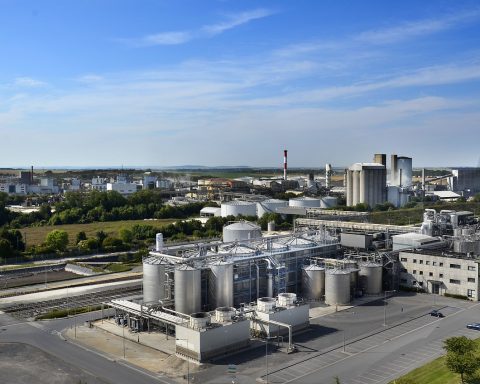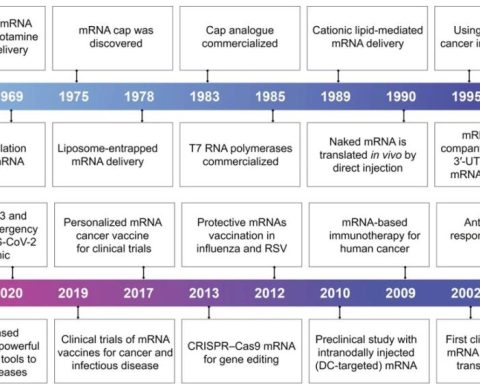Injection molding is a highly-automated, precise production process affording businesses an extensive range of material options. It’s cost-effective and fast, reducing turnaround times on even large projects significantly.
But no matter how quick injection molding is, there are still ways to streamline the process further and maximize productivity to make investments go further.
The following five effective ways to improve injection molding can help achieve better results and increase output without compromising on quality.
1. Make the Most of Materials to Minimize Waste
Every production process, injection molding or not, must make the best use of its materials to minimize waste. We live in a waste-conscious age, and every usable resource should be leveraged.
Reducing the size of your shots, even by just a fraction of the machine’s overall capacity, can reduce the amount of material discarded after the injection molding process.
2. Invest in Quality Training and Planning to Streamline the Process
Investing in the best injection molding tools within your budget is crucial. But what about the professionals responsible for handling equipment and quality control?
Perform comprehensive assessments of employees’ current activities and behavior to determine if any improvements are required to boost efficiency. Loading/unloading molds, cleaning machines and managing products’ temperature without affecting their finish should all be refined as can be.
Proper investment and effective training will ensure better results and efficiency in the long run. And that can only mean more satisfied clients.
3. Review the Current Process to Identify Improvement Opportunities
Your injection molding workflow may appear faultless from a distance. But take a closer look and you might discover fine cracks that need to be addressed.
Conduct thorough monitoring and performance reviews of all staff, processes and machinery. Measure efficiency, effectiveness and consistency. Are products uniform in size, shape and quality? Could machines be in danger of becoming outdated and need to be replaced?
Defining any improvements, no matter how small, can reinforce the quality of results overall.
4. Consider How Product Architecture and Material Align
Injection molding must be as accurate and cost-effective as possible. A key part of this is getting it right the first time — and that depends on a well-considered design that suits the plastics used.
Warping, sinking and additional defects in the finished product can all be avoided by investing more time into the planning stage of the process. Rushing into production to save precious hours may cause delays down the line.
5. Keep Equipment Clean and at its Best
Proper maintenance is, sadly, easy to overlook. Especially when your team’s handling mass production on a tight schedule.
But inadequate maintenance could lead colors to bleed, residual material to disrupt productivity and — ultimately — ruin what should be a streamlined injection molding process. Create a tighter, more consistent maintenance schedule to reduce the risk of hardware issues or outright failures.








